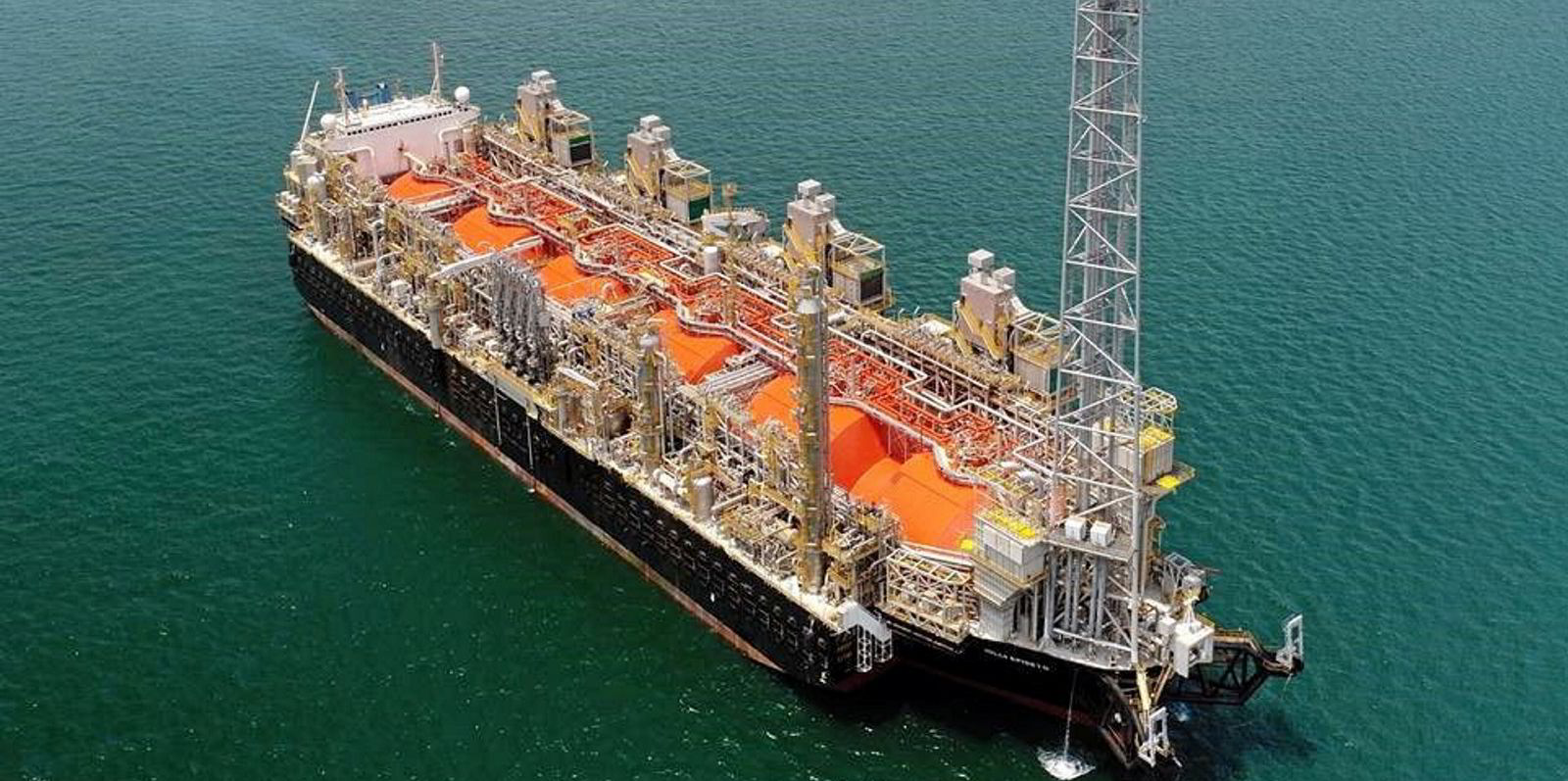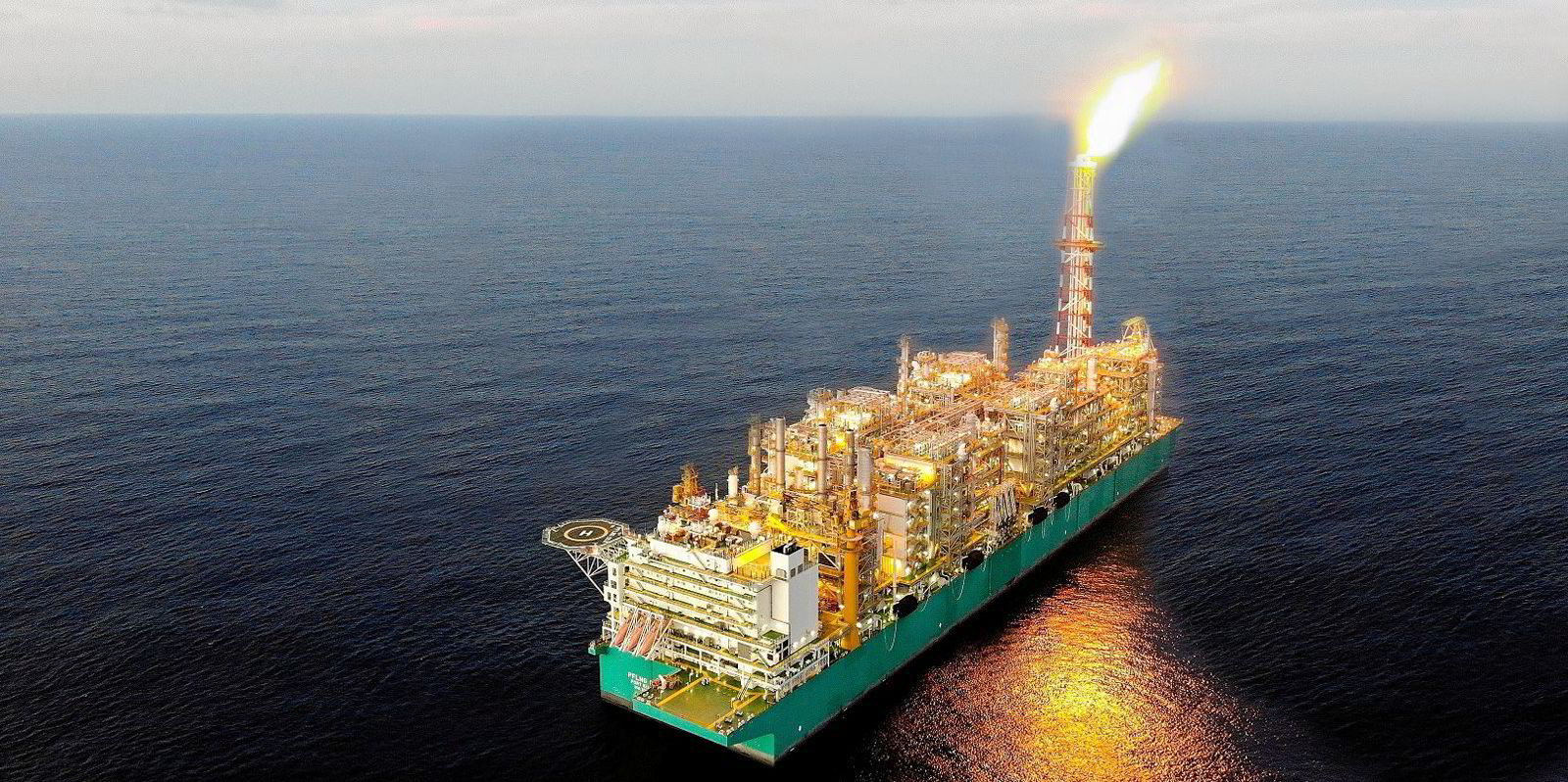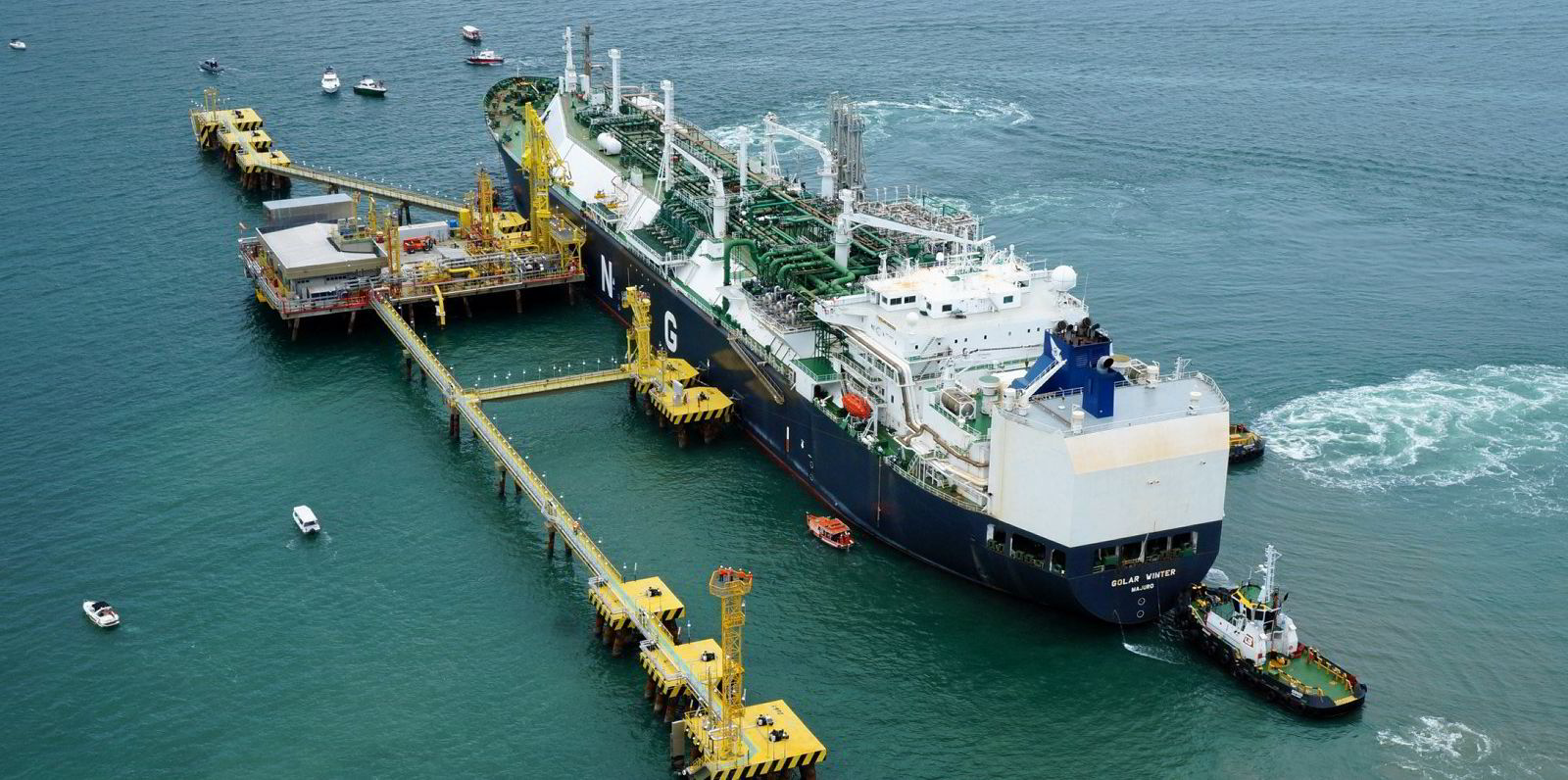US-listed New Fortress Energy expects to put its first jack-up rig-to-floating LNG (FLNG) production unit into operation at the end of 2022.
Speaking on a third-quarter results call, chief executive and chairman Wes Edens said the conversion — dubbed Fast FLNG — is on time and on budget, with mechanical completion expected in mid-2022, followed by three to four months of commissioning and deployment at the end of the year.
"We have the only uncommitted liquefier of scale that will be completed next year in a marketplace that is short [on LNG] and likely to stay short for some time," he said.
New Fortress is looking at chartering out the 1.4 million-tonne-per-annum floaters under tolling arrangements or using a merchant model in which it would own the volumes produced and sell these into the markets served by its raft of terminals and 13-vessel LNG fleet.
Edens said the merchant model has the potential to generate "significant windfalls" in the high gas price environment.
Blue over green

Answering analysts' questions, he said the company is looking to create a factory-like environment for the production of the FLNG units to service its infrastructure and said there could be "many, many more" than just the two floaters currently under development.
New Fortress expects to acquire a US Gulf coast site this quarter for its first blue ammonia production facility.
It is "approaching" a final investment decision on this project, which it targets to be operational 20 to 24 months after.
Edens said the site has access to natural gas, CO2 pipelines and water for transport.
The company believes blue hydrogen or its cousin blue ammonia is the affordable solution.
Blue hydrogen can be generated at $1 per kilogram, Edens said, but green hydrogen would cost three to six times more, making it "a luxury over a staple".
He said his company expects to transition heavy polluter industries such as shipping, cement and steel to low-carbon fuels such as hydrogen.
Speaking about the energy transition, he said there has been "systematic underinvestment" in hydrocarbons since 2014, which is leaving the market vulnerable to energy shocks.
He believes demand for LNG will materially outpace supply, listing a host of uses for the product, including bunkering.
New Fortress halved its net loss, reporting a third-quarter figure of $17.8m against a loss of $36.7m in the corresponding three months of 2020.
Revenue was up at $304.7m, in what it said was its record for a quarter, compared with $136.9m a year earlier.
New Fortress reported an operating margin of $210.5m, of which $94.8m was from its "ships segment", covering its LNG vessels chartered out on long-term or spot deals. The balance was from its terminals and infrastructure business.
The company expects to complete its terminal and power plant in Nicaragua this year and start commissioning it in the first quarter of 2022.
The focus will be on finishing its pipeline of terminal projects, Edens said, adding to these selectively and generating significant organic growth without the addition of much more capital.






